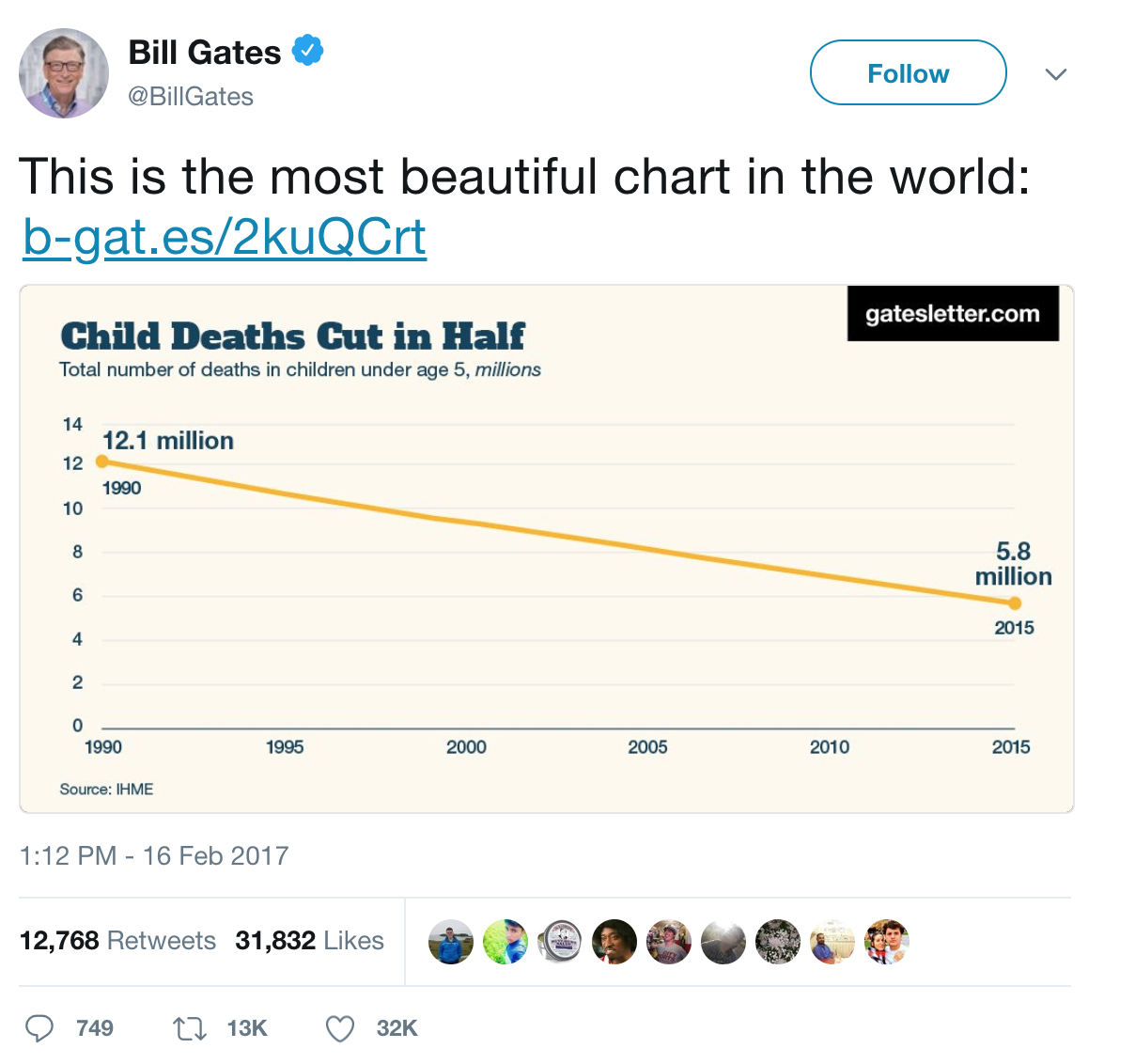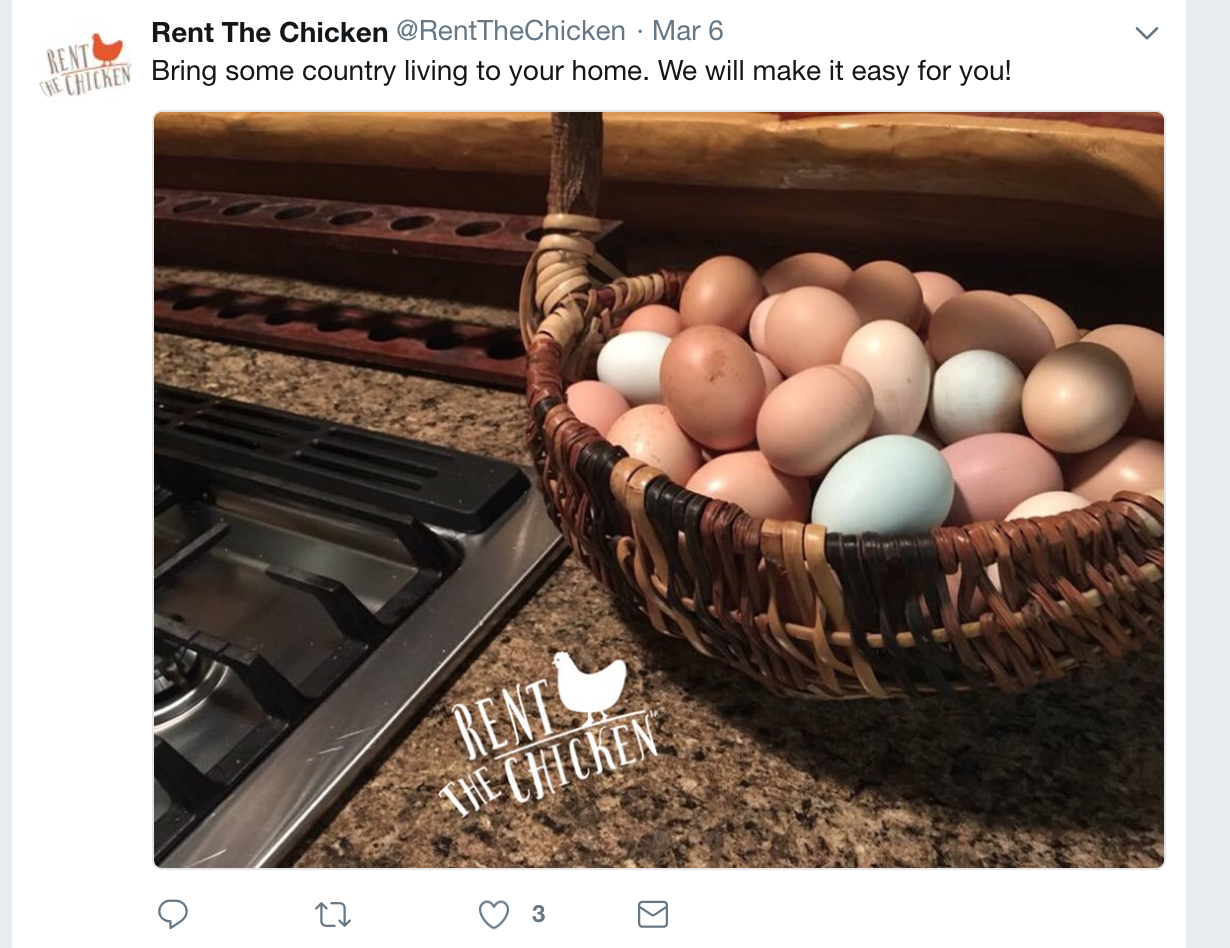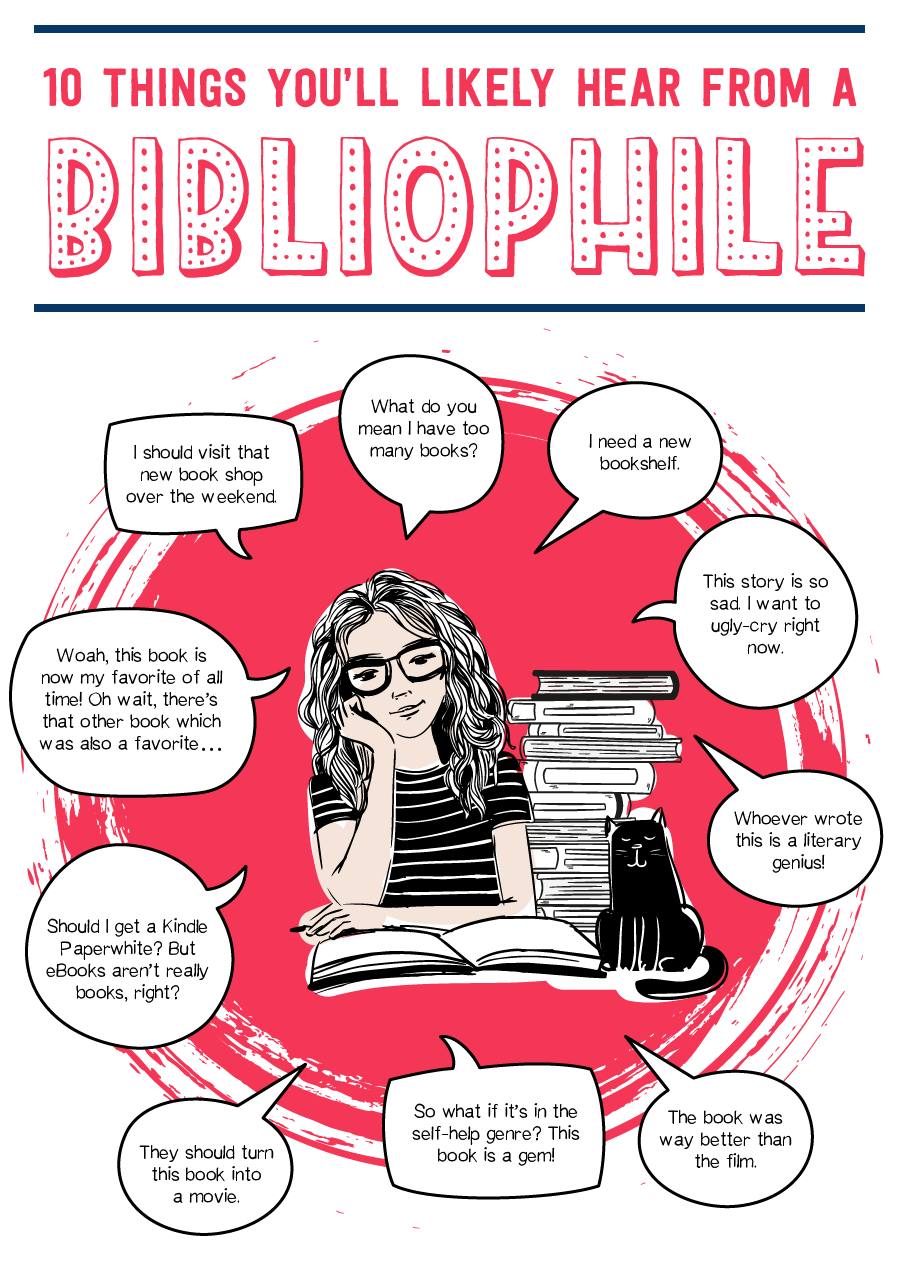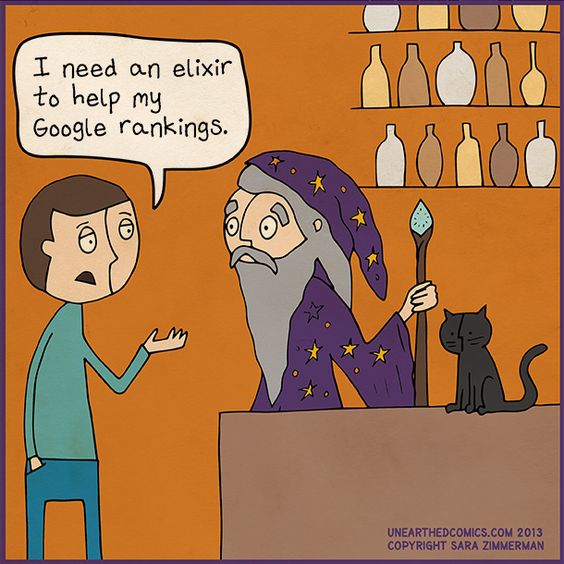In 2009, NY Times journalist Rob Walker and author Josh Glenn went thrift shopping and shopped for “unremarkable, castoff thingamajigs. They planned to auction these seemingly insignificant objects on eBay.
As a social experiment, they asked talented, creative writers to spin unique tales, in any style or voice, about the object before they were auctioned.
Curious about the outcome?
They sold $128.74 worth of thrift-store knick knacks for a whopping $3,612.51!
Why stories sell
The little experiment, aptly named as the Significant Objects Project, is proof that stories sell.
Stories sell because it appeals to our innate human drives, gripping our attention and compelling us to feel.
And as screenwriting legend Robert McKee once said, “Story is about eternal, universal forms.” There’s a universality to stories that people from various backgrounds, languages, and cultures can understand.
This isn’t a surprise given that the brain is a pattern-seeking machine — from sounds to smell to visuals. We seek patterns around us to find meaning and make sense of the world.
However, telling stories may not be enough.
What sets a great tale apart from a meh story?
How you tell your story can also make a difference. In other words, your medium matters too.
In an analysis of 108 Super Bowl ads, Keith Queensbury of Johns Hopkins University discovered that: ‘regardless of the content of the ad, the structure of that content predicted its success.’
While words and prose have always been the default medium in telling a story, you can communicate stories through other means. You have films, gifs, photographs, illustrations, interviews, audio recordings, games, virtual reality, and surprisingly, through touch.
In this article, you’re going to learn how to use visual storytelling in your small business to make people sit up, listen, share your tale to the rest of the tribe, and get inspired to take action.
Tell me a story
What does the chart tell you about child mortality rates? Such a powerful message, right?
Dan Roam, author of the international bestseller The Back of the Napkin: Solving Problems and Selling with Pictures writes:
We live in a world that is very noisy. There are a lot of conversations and buzzwords around us. The number one way out of this noise is just to become visual. To show things with pictures.
This declaration makes sense because content that features compelling images averages 94 percent more total views than text-only content.
3 visual storytelling ideas to step up your small business marketing game
As a small business owner or marketer, you might be wondering about the price, availability, and the ease of use of new tools that can help elevate your visual storytelling efforts.
The good news is modern technology makes it possible to create infographics, gifs, animations, and data visualization on a budget. Today, it’s inexpensive to produce wonderful pieces of visual art for your small business marketing. Plus, these design tools and platforms have a low learning curve. Anyone can start using them as long as they’re curious and eager to learn!
Here are 3 visual storytelling ideas that you can use to communicate your brand story as a small business, get more people to talk about you, and eventually drive sales.
Think of these ideas as a way to step up your small business marketing!
1. Photographs
Photographs are a good starting point to tell your story visually. With just a few edits, you’re good to go! Here’s a stellar example by Rent The Chicken.
Rent The Chicken’s tagline is fresh eggs without the commitment. Servicing cities and towns in the US and Canada, their brand mission is to bring the farm closer to everybody’s table. Here’s one of their tweets telling everyone how customers can have fresh eggs at home minus the commitment of raising chickens.
Why it works
Instead of telling people about their portable coops and egg hatching services, Rent The Chicken did a wonderful job of using this photograph to convey how their service can benefit their customers. People these days are more receptive to pictures that are in line with their needs and preferences.
2. Infographics
A well-crafted infographic can highlight key ideas that you want to convey to prospects and customers. This medium is highly versatile (can be used for both online and offline marketing ) and incredibly easy to create.
Here’s a great example of an infographic that our fictitious small bookshop owner Henry (in the cover art) can use to spread the word about his bookshop. Henry can print the infographic as a poster or flyer for offline use, or he can post the infographic in Facebook book groups.
Why it works
If you’ll notice from the infographic, there was no mention of Henry’s bookshop. However, this visual storytelling medium is connecting with the bookshop’s target audience on an emotional level. The infographic’s underlying message is that a teenager in Istanbul who’s into books have the exact thoughts and ideas as a 60-year-old bibliophile in London.
This visual representation resonates with them because they can relate to it. Today’s buyers are more interested in brands who tell stories that resonate with them than brands who go for the hard sell from the get-go.
3. Cartoons & comic strips
Sure, videos are dominating the marketing space right now. But have you thought about going against the flow?
If you are, try comics. They’re funny, engaging, and can trigger brand recognition.
Here’s a fantastic comic strip that SEO consultants or small SEO agencies can use in their marketing efforts:
Why it works
Consider how today’s leading comic book heroes have origins as far back as the 60s or 70s. It means that children and adults alike love comics because they are relatable, often speaks the truth (in an ironic way), and has a human element to it. Additionally, they are highly shareable. Almost every comic or cartoons out there can make people smile, laugh, or shake their heads. B2B (business-to-business) industries are even starting to adopt this medium!
Ready to share your brand story?
With these few examples and ideas, you’re now ready to make your own visual storytelling assets.
Keep in mind, however, that taking photographs or creating an infographic isn’t enough. You need to have a strategy and understand why you’re using a particular medium in the first place. Think of it as an exercise in brand discovery.
Consider the following questions before embarking on a visual storytelling journey.
- Is this medium appropriate for my target audience?
- Is my message useful?
- Will the medium help make my message more easily understood?
- Is my message clear, specific, and on point?
- Is this medium shareable?
- How will my audience respond to this message and medium?
- How can this medium help tell an old brand idea or concept in a new way?
- Do I have the time and resources to create visual assets?
At Easelly, we can definitely help you figure out the last question! For a start, you can try our free infographic maker!
Alternatively, one of our designers can create a custom infographic that paints a wonderful picture of the story that you’ve been meaning to tell!





